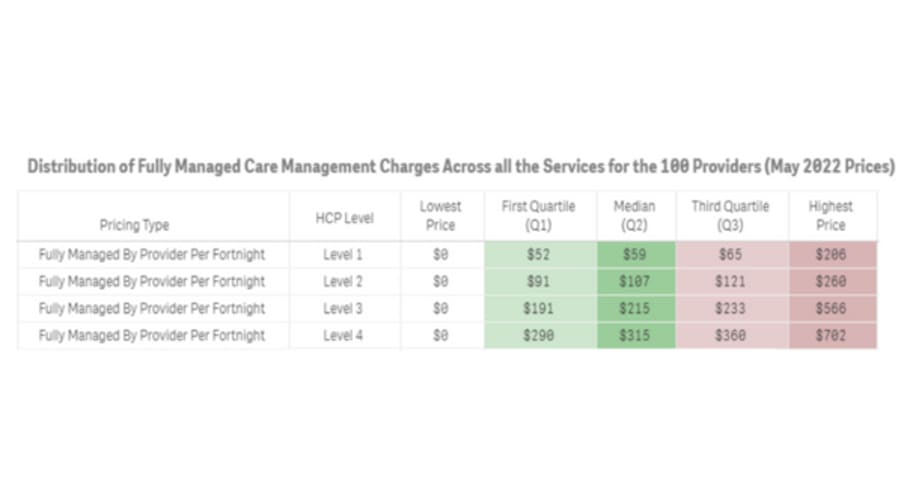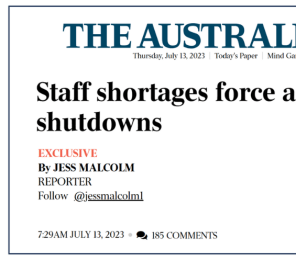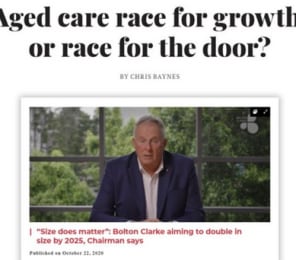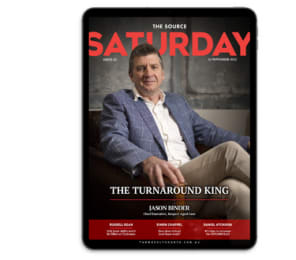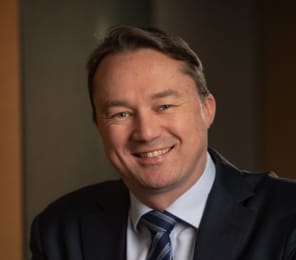A government review of home care pricing has found some aged care funds are being used to pay for “excluded” items, such as holidays, TVs, home renovations, and groceries. The practice is “undermining value for money for Australian taxpayers,” a government review of home care pricing and transparency has found.
The report on the government’s first Home Care Packages Program Assurance Review noted that excluded items fell outside their scope, but the review team was obliged to report issues it identified concerning the use of government funds.
The review found that 90% of home care providers are also failing to comply with the minimum price transparency requirements prescribed by the government, The Australian has reported. Some providers told the review team they lacked the financial reporting systems to comply.
The report notes that the recipients of home care are paying as much as 60% of their package in care management fees, though the average sits at 16-17% of the total home care subsidy.
The average package management fee was 10-11% of the total home care subsidy. Package management charges ranged from $1 (for a Level 1 package) to $629 (Level 4). Package management charges for Level 4 packages ranged from $57 to $629.
Fortnightly care management fees ranged from zero to more than $700 (on a Level 4 package).
The cost of travel expenses also varied depending on who was travelling, for example a registered nurse cost more than a personal care worker; consumers were unclear as to why.
The report was written after the Department studied 16,000 documents from around 1,000 home care recipients and 100 providers, amounting to 11% of home care providers and 60% of home care recipients. Three quarters of the homes assessed were not for profit.
The study found there was “considerable variation” between providers in indirect fees and care management fees.
“The rationale for some care management and/or indirect charges was not always transparent, and value for money was at times unclear,” the report notes.
Providers used a range of pricing methodologies, which made it difficult for consumers to compare prices.
“The review found that some HCP providers have basic pricing methodologies. Their approach is based on either market comparison or increasing charges annually to cover increasing costs,” the report states. “A few HCP providers were able to demonstrate more mature methodologies for determining charges, such as considering both components of cost to deliver as well as market pricing. Only a small number of providers determined charges through the use of financial modelling incorporating projected revenue.”
Aged Care Minister Anika Wells (pictured) told The Australian she was disappointed by the lack of transparency in the $6.5 billion sector.
“I am not surprised but very frustrated that 91 out of the 100 reviewed providers were not giving care recipients the required level of pricing transparency, despite these requirements being clear and longstanding,” Minister Wells said.
“The least our most vulnerable people deserve is honesty and transparency.
“Providers hiding costs and stinging care recipients is the common complaint I hear… and this survey now reveals that as a black-and-white truth.”
The minister said the findings were evidence for why home care administration and management fees should be capped. The report notes, “There remains public concern that home care package ‘administrative’ charges are high.”
Pricing transparency is key to Australia’s home care system because it empowers consumers to make informed choices. When providers aren’t transparent about their pricing, the market cannot function efficiently. Financial transparency “is the right thing to do by care recipients,” the report noted.
Each participant in the survey received a detailed report from the assessment team.
You can read the report in full here.

